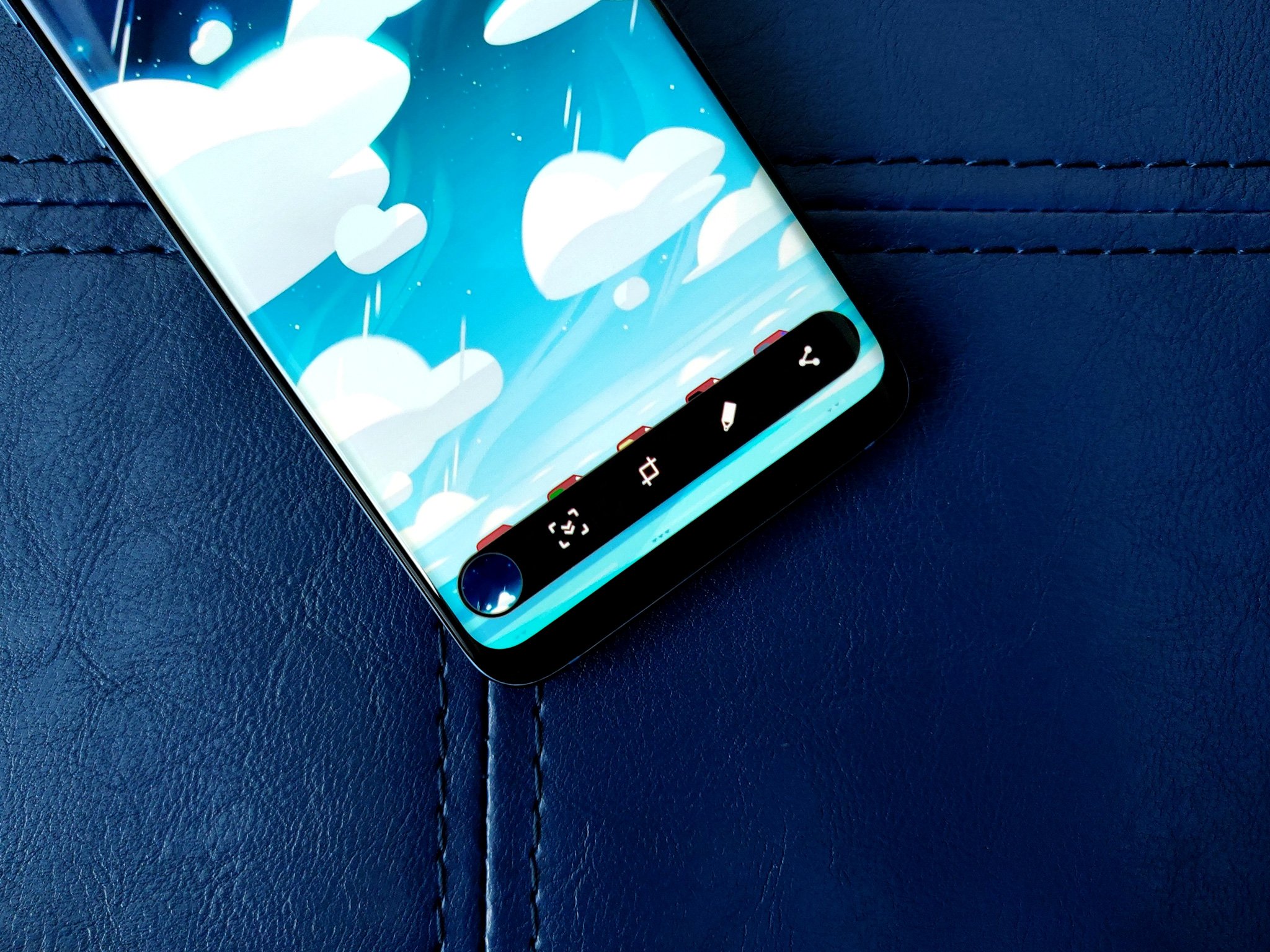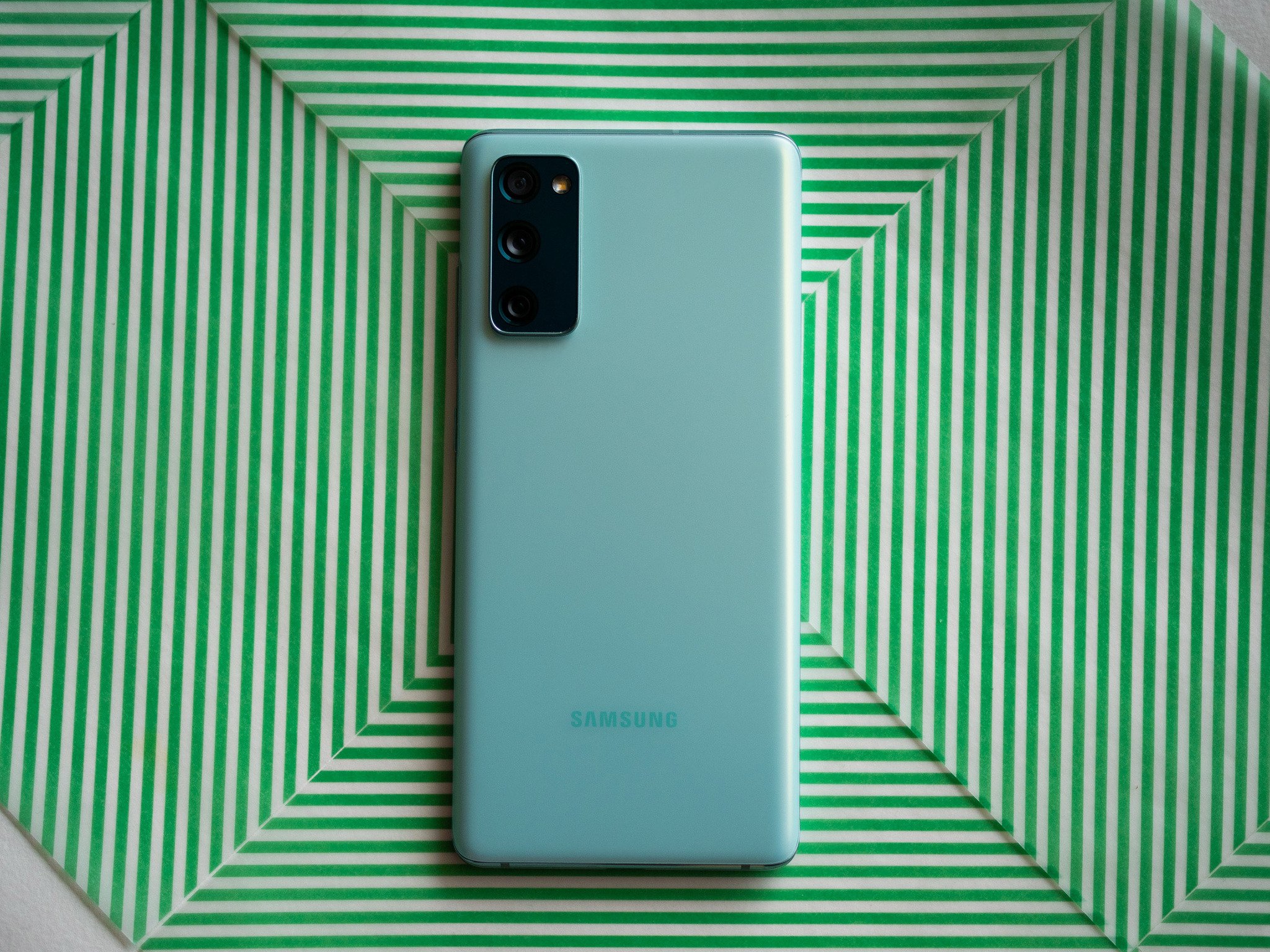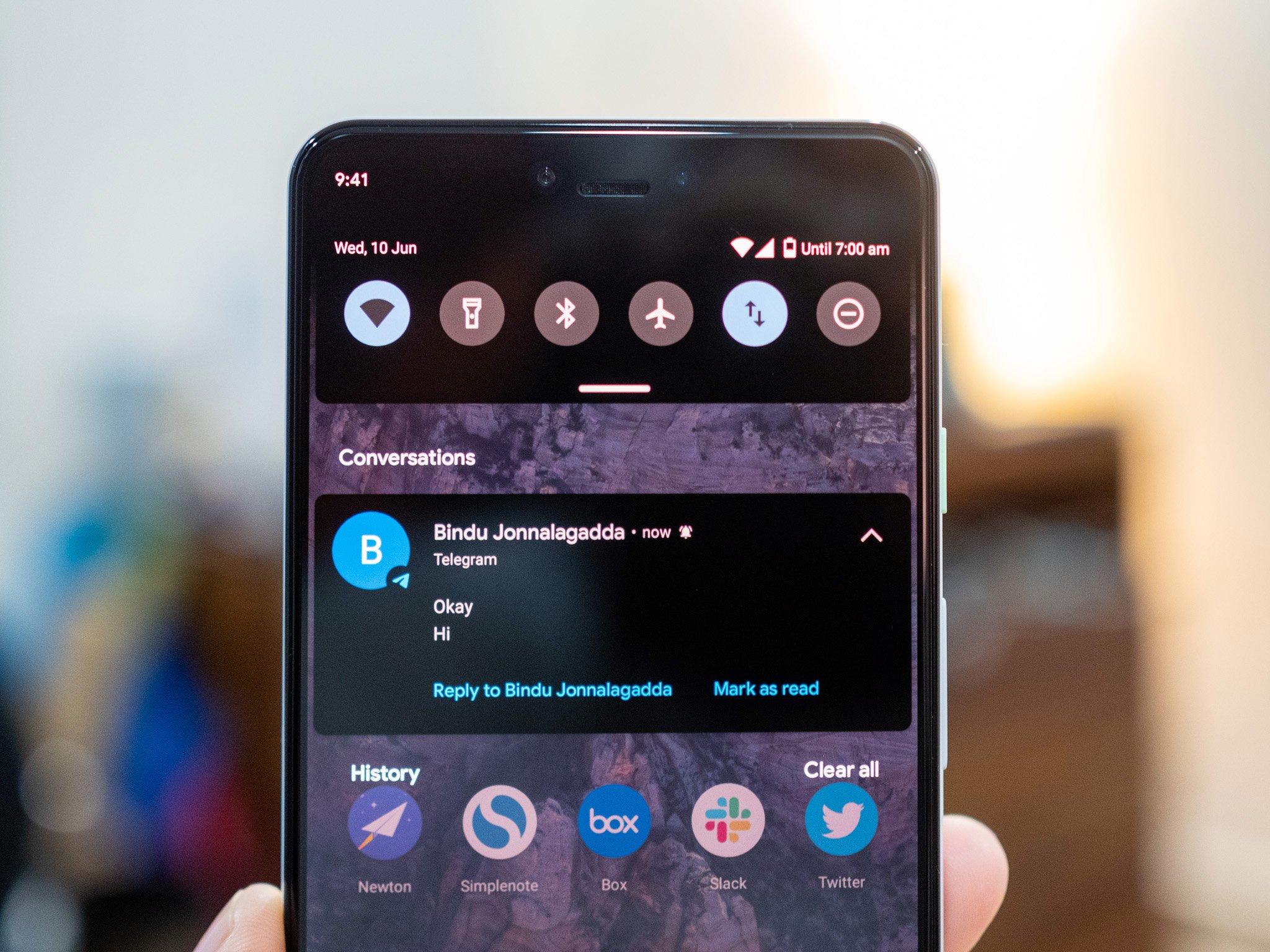Why do features we see from phone makers take so long to make it into Android itself?
Google likes to tell everyone that Android is all about choice. We have hundreds of great phones that all run on Android, and you'll probably be able to find exactly what you want when it comes to things like color or size or price. From the top phone makers, you also find a little extra. Sometimes, you find that same "extra" in every great phone except Google's Pixels.
There's a reason this happens. Google Pixel phones do not run bare-bones Android built using only the open-source version. Like Samsung or LG or OnePlus, it takes that code and adds a little to it. But the system itself only uses the standard set of APIs (Application Programming Interfaces) that Google has built for Android while companies like OnePlus or Samsung use those to add in some of their own for their apps to use.
That doesn't mean that the Pixel doesn't have its own features — the great call screening comes to mind, as does the original expansion of Google Assistant. But these are a way around the rules by leveraging Google services and data to build something like a phone dialer that has a wealth of information in Google's servers regarding spam calls. If another company had an equal amount of data, it could build its own version that's just as good. That's something Samsung is working on right now.
If you want an app to work on every phone, there needs to be a standardized set of APIS.
The reason the Android team at Google builds out a specific set of APIs is simple: these are the things app developers use to make sure an app can run on every device with access to Google Play. This is something Google really wants, and so should we. But Google doesn't go as far as saying Samsung, for example, can't build out its own set of APIs and services, which it and almost every other phone maker does.
I'm going to take the most recent example of a feature that most other phones — even budget phones — have that isn't a part of Android: scrolling screenshots. Scrolling screenshots aren't part of Android, and you have them on your phone because the company that made your phone is using some code of its own added on top of what Google provides.
It gets even weirder when you hear that the team behind the Chrome app for Android is working on adding the feature to the browser. If you're thinking that something almost all phone makers and the team that works on Chrome for Android can do is something Google should be able to do, you're both right and wrong.
The wrong part is that when Samsung adds the scrolling screenshot feature to something like the Note 20 or Galaxy S20 FE, it is only designed to work on that specific phone. The app doesn't need to figure out the dimensions of the display or its aspect ratio or color bit depth. It only has to send data to the phone's memory until you say stop, then convert that into an image.
A screenshot app on the S20 FE already knows everything about the screen and has access to capture as you scroll.
It kind of works that way through Chrome, too. Chrome has already calculated the size and shape of the window and everything it needs to copy in order to build an image file is inside that window. If and when Google adds the feature to Android itself, it has to make it able to work on every Android model and in every app. It needs a way to find out everything about the display: the size of the usable window, how to build an interface for the feature, and make sure all of it works on phones with wildly different hardware. This is why it seemed to take so long for Google to add proper multi-window to Android.
This is all well and good, and I understand that making something universal is a lot harder than making a feature work for one phone or for one app. I'm just done with that excuse.
Google is one of the world's largest software companies and has some of the best talent the world has to offer working across the company. Google was built from day one as a company that is able to do the difficult things and has done just that over the past 20 or so years. If a handful of smart people were able to build a new kind of web search engine, and a handful of other people were able to find ways to make user data improve it (and improve the services for the users, too), and then figure out how to turn it all into a multi-billion-dollar company, then it can figure out how to put scrolling screenshots into Android.
I'm using scrolling screenshots as an example here, but the way Google adds features to Android seems a bit schizophrenic. We see improvements in security and user privacy with every release which is great (and also something we see from almost every software company, thank goodness) but user-facing things often feel really disjointed. Especially when those things affect every phone that updates to the latest version of Android.
Google can figure out almost any problem if it wants to do it.
Notifications are a great example. Android has always had the best notification system of any operating system. That's why Apple is learning how to "copy" the best parts of it to incorporate into iOS. But Google didn't stop there and continued to improve notifications, which is great. What's not so great is how it sometimes can't make up its mind which direction to go or how notifications need to look or how they should be placed.
Most of us can grab any Android phone and understand changes to notifications pretty quickly. And most of us will find something there we don't like. If enough of us don't like it, then Google will try something else. But a new Android user is going to have a learning curve when it comes to things like notification settings or how they are organized or even why some can't be dismissed.
I'm not suggesting that Android is now perfect when it comes to notifications, but maybe some resources can be moved around. Leave notifications as they are for a release or two and focus on something that people want. Adding a standard way of taking a rolling or expanding screenshot is a thing people want. If it wasn't, Samsung and all the rest would not have added it. If Google could find a way to make it part of the operating system, it makes it easier on users because it's the same on every phone and it makes it easier on phone makers because the work has been done for them.
Yes, I know this argument sounds a little self-entitled or pedantic, but it's not meant to be. I have zero use for scrolling screenshots myself and I liked Android's notifications in version 9 better than they are in version 11. I only used those things as examples and I'm sure every one of us sees Samsung or Motorola or Xiaomi doing something that we think should be on every phone. I'm just saying that maybe Google needs to focus going forwards. If that means slowing work on existing features to add in new ones or just hiring more developers is something only Google knows.
Android isn't perfect as-is, but maybe it's time to stop fiddling with the same things each release and work on more features. Or do both if possible!
What I know is that people want to see new things as well as seeing good changes to what's already there. It seems like we can never get both for Android. In my opinion, Android is the most versatile operating system we've ever seen and its potential is still mostly untapped even 12 years after it was released. It means a lot of work — and the right work — is needed to keep it that way because Microsoft and Apple aren't holding back on great ideas and additions.
Get More Pixel 5
Google Pixel 5




0 Response to "You Can See More: When adding new Android features, Google needs to be more like Samsung"
Post a Comment